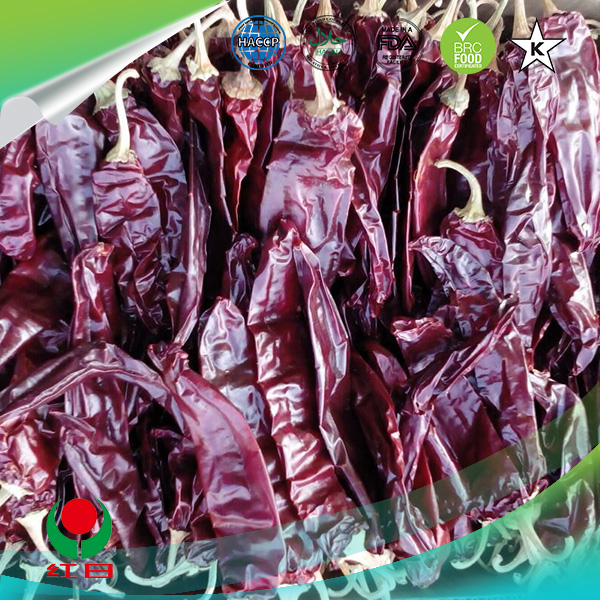Types of Steel Bracing for Structural Support and Stability
Understanding Steel Bracing Types in Structural Engineering
Steel bracing is a crucial component in structural engineering, providing stability and strength to buildings and other infrastructures. This article explores various types of steel bracing, discussing their characteristics, applications, and how they contribute to the overall integrity of structures.
1. Introduction to Steel Bracing
Steel bracing is employed to enhance the lateral stability of structures, particularly in areas susceptible to wind and seismic loads. By effectively transferring lateral forces, bracing systems prevent deformation and potential collapse, ensuring that edifices withstand extreme conditions.
2. Types of Steel Bracing
a. Cross Bracing
Cross bracing consists of pairs of diagonal braces that form an X shape within a frame. This type effectively resists lateral forces by distributing loads evenly across the frame. It is commonly used in both residential and commercial buildings. One advantage of cross bracing is its simplicity and the fact that it can be installed in various orientations, making it adaptable to different structural designs.
b. K-Bracing
K-bracing features diagonals that connect the midpoints of vertical members to the top and bottom chords, forming a K shape. This design is more efficient than simple cross bracing because it minimizes the amount of material needed while maintaining a strong resistance to lateral forces. K-bracing is particularly beneficial in tall structures, where weight savings are critical.
c
. Chevron Bracingsteel bracing types

Chevron bracing involves diagonal braces that form a V-shape extending from the beam to the column, resembling a chevron. This type is often used in steel frames, providing excellent performance in both tension and compression. Chevron bracing is particularly effective in seismic zones, as it can deform without significant loss of strength, adapting to dynamic loads.
d. X-Bracing vs. Z-Bracing
While X-bracing has diagonal members that cross each other, Z-bracing consists of horizontal and diagonal members forming a “Z” shape. Z-bracing is often used in lightweight structures where the loading conditions are less severe. Both bracing types aim to enhance lateral stability, but the choice between them may depend on aesthetic preferences and structural requirements.
3. Applications of Steel Bracing
Steel bracing is utilized in a myriad of structural applications, particularly in tall buildings, bridges, towers, and even industrial facilities. In seismic-prone areas, modern buildings often incorporate bracing systems as part of their design to comply with safety regulations. Moreover, steel bracing is also commonly found in temporary structures, such as scaffolding, providing stability during construction phases.
4. Advantages of Steel Bracing
Steel bracing offers numerous benefits to structures. First and foremost, it enhances strength and stability, which is critical for the safety of occupants. Additionally, steel bracing is easily customizable, allowing engineers to design systems that cater to specific structural needs. It is also relatively lightweight compared to alternate materials, contributing to the overall efficiency of the structure.
5. Conclusion
In conclusion, various types of steel bracing play a pivotal role in the integrity and performance of structures. Understanding the distinctions between cross bracing, K-bracing, Chevron bracing, and others helps engineers make informed decisions tailored to their projects. As the demand for resilient and safe buildings continues to grow, the importance of effective bracing systems cannot be overstated. Whether for earthquake resistance, wind loading, or overall stability, steel bracing emerges as a fundamental element in modern structural design.
-
Wedge Anchor Bolts: Secure Fastening SolutionsNoviceAug.05,2025
-
Insulation Fixings: Secure and Durable SolutionsNoviceAug.05,2025
-
Full Threaded Studs: Versatile Fastening SolutionsNoviceAug.05,2025
-
Expanding Fasteners: Secure and Reliable SolutionsNoviceAug.05,2025
-
Butterfly Toggle Anchors: Secure and Easy to UseNoviceAug.05,2025
-
Bracing Solutions for Steel StructuresNoviceAug.05,2025
